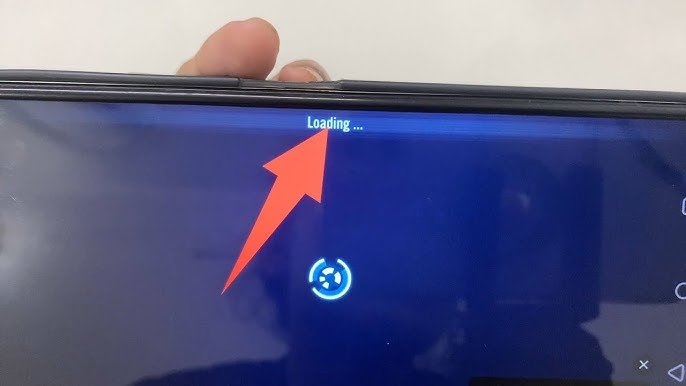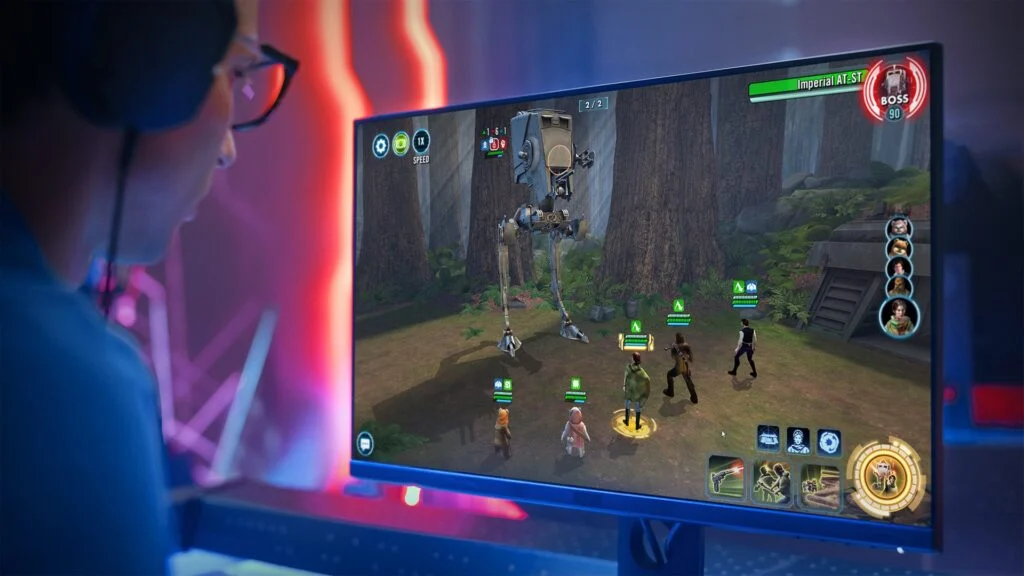In recent years of technological growth, learning has become more of a job. That’s why “hybrid learning” was introduced. It is an effective educational concept that smoothly combines offline and online components.
Hybrid learning offers a dynamic and efficient teaching method by fusing the benefits of in-person training with the adaptability and accessibility of online learning. Read more to know all about how to converge online and offline education with hybrid learning.
Why Hybrid Remote Learning Is Gaining Popularity These Days?
The advantages and viability of hybrid remote learning combine the adaptability and accessibility of online learning with the importance of in-person interactions. Hybrid learning meets the various demands of students by letting them study at their own pace and in the setting of their choice.
Furthermore, it creates a balanced and thorough educational experience with the ease of remote learning and also by facilitating face-to-face involvement and collaboration. Moreover, hybrid remote learning is emerging as a valuable and effective educational model that satisfies the needs of our quickly changing environment.
Designing a Hybrid Curriculum
A thoughtful and deliberate effort is involved in designing a hybrid curriculum that combines offline and online learning to produce a seamless and exciting learning environment. It entails thoughtfully combining the advantages of in-person instruction and online learning.
In-person sessions concentrate on group discussions, practical activities, and the application of knowledge. On the other hand, online platforms and tools can be used to deliver multimedia resources, interactive modules, and online assignments.
Leveraging Technology for Online Learning
To converge both mediums of learning technology is a must. That’s why education professionals design a dynamic and interactive online learning environment by embracing digital technologies and platforms.
Furthermore, online tools that support information distribution, collaboration, and engagement include learning management systems (LMS). They include video conferencing applications, multimedia content, and interactive simulations.
Technology also facilitates students to advance at their own pace and receive quick feedback. As a result, students get amazing personalized learning experiences.
Creating Engaging In-Person Sessions
Converging offline and online education into a hybrid learning approach requires creating interesting in-person sessions. In addition to the online learning component, these workshops offer beneficial chances for in-person interaction, teamwork, and practical experience. The principles taught online can be reinforced and applied in person through further exercises. These include group discussions, debating, experiments, presentations, and practical exercises.
These interactions help kids to engage in more relationships with their classmates. It directly develops a sense of community. Tutors can develop a dynamic learning environment that fosters critical thinking. It also includes problem-solving abilities and deeper comprehension by combining different aspects.
Also, utilizing the advantages of in-person sessions in addition to the online component enables a comprehensive and all-encompassing experience for learning. It creates a smooth integration of offline and online learning.
Promoting Interaction and Collaboration
Promoting connection and teamwork is a crucial component of the hybrid remote learning approach that combines offline and online learning. Teachers can promote meaningful interactions by utilizing a variety of tools and strategies regardless of where students are physically located.
Moreover, students can participate in virtual discussions, share ideas, work together on projects, and give feedback to one another using online discussion boards. They can also use video conferencing platforms and collaborative digital tools. These interactive systems support social learning, community building, and active engagement.
Furthermore, group activities, team projects, and in-person conversations during sessions can improve interaction and collaboration. Teachers can build an inclusive and collaborative learning environment that transcends geographic barriers. It makes the most of hybrid learning by encouraging interaction and cooperation in both online and offline environments.
Assessing Learning Outcomes
Knowing exactly where you stand in the learning environment involves a crucial step called evaluating the learning outcomes. Designing evaluation techniques that accurately measure students’ grasp of the curriculum across both online and offline components.
To accomplish this, teachers should create evaluations with the specified learning outcomes appropriate for each modality of instruction.
While in-person evaluations include presentations, practical demonstrations, group projects, and hands-on tests, online assessments can include quizzes, assignments, online discussions, and multimedia presentations. It can give students timely and helpful feedback is crucial for fostering their learning development.
However, technology can also speed up the evaluation procedure by enabling effective grading and monitoring of student achievement. Tutors ensure that students’ accomplishments and development are appropriately measured by implementing a balanced and thorough assessment method.
In a Nutshell
Hybrid learning offers a great chance to maximize the advantages of both teaching methods by combining offline and online learning. Teachers can create a robust and inclusive learning environment by deliberately structuring a hybrid curriculum. It makes learning more fun by utilizing technology for online learning and developing compelling in-person sessions.
However, through hybrid learning, both offline and online education can be combined to increase flexibility. While it can also simultaneously foster student involvement, encourage critical thinking, and prepare students for the challenges of the digital age.
Read More: How Online Gaming Helps With Remote Learning




